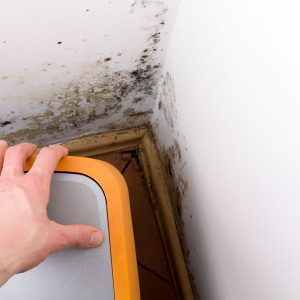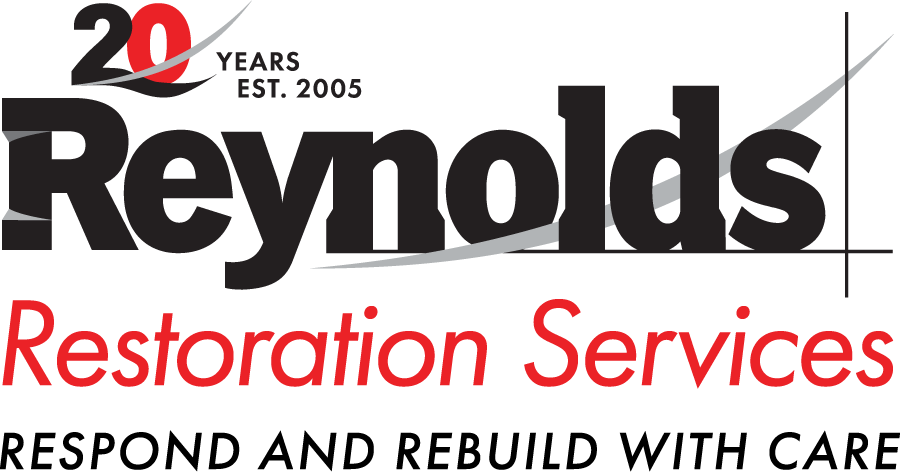
Mold only needs three things to thrive – moisture, a food source, and the right temperature. Melting snow, freezing rain, and even sleet can increase moisture in a building creating an ideal space for mold spores to grow. Combine the moisture with a toasty warm living space and a mold colony can quickly take over a building.
Preventing Mold Growth
- Control the Humidity – The Environmental Protection Agency recommends keeping humidity levels inside of your home or business below 45%. If the humidity on your home goes above 45%, consider using a dehumidifier to control the moisture.
- Create Air Circulation – A great way to control moisture in a home is to create air circulation. If you have ceiling fans in your home, put them in reverse to pull cold air upward and move warm air downward. This can help keep condensation from forming on windows and doors. In the bathroom, always use the exhaust fan for similar purposes.
- Dispose of Yard Waste – During October and November, many homeowners spend their weekends raking up leaves and removing old plants from gardens. These discarded piles of organic material are prime areas for mold to develop and grow. The mold can then become airborne in the Spring when the piles are disturbed.
- Don’t Ignore Water Damage – The summer and fall were extraordinarily wet and may have caused water damage to exterior walls, crawl spaces, roofs, and basements. If you experienced any water damage at your home or business recently, it may be tempting to ignore, however it can cause larger mold issues down the road. Wet drywall and other building materials are prime sources of mold growth, even in the winter.
- Invest in Durable Storage – If you decorate for the holidays, chances are your decorations are stored in cardboard boxes in your basement or attic. Did you notice any musty odors or white powder on the boxes when you pulled them out of storage? Those are indicators that mold is growing in your home. Be sure to remove your items from the boxes, clean them to remove the mold, and then store them after the season in durable storage solutions such as plastic bins.
Mold Removal
If you’ve discovered mold growth in your home or business, it’s important to address the problem as soon as possible. Many types of mold can be removed using common household products such as bleach, hydrogen peroxide, white vinegar, and baking soda. If using chemicals to remove mold, never mix them. Bleach and ammonia mixed together can be dangerous.
Always wear proper protective equipment including gloves and a mask as mold exposure can cause respiratory issues.
Learn About Our Mold Removal Services
Professional Mold Removal and Mold Remediation
Sometimes mold growth can be overwhelming, and hard to remove on your own. If you have a mold problem that is causing health issues or is causing you stress, Reynolds Restoration Services can help. Our trained and professional team has been helping home and business owners for more than 15 years remove mold from their home or office. With offices in Harrisburg and Philadelphia, PA, and Baltimore, MD, our teams can quickly respond and help restore your building to its pre-mold condition.

President of Reynolds Restoration Services. Over 20 years of experience in the emergency restoration industry.

